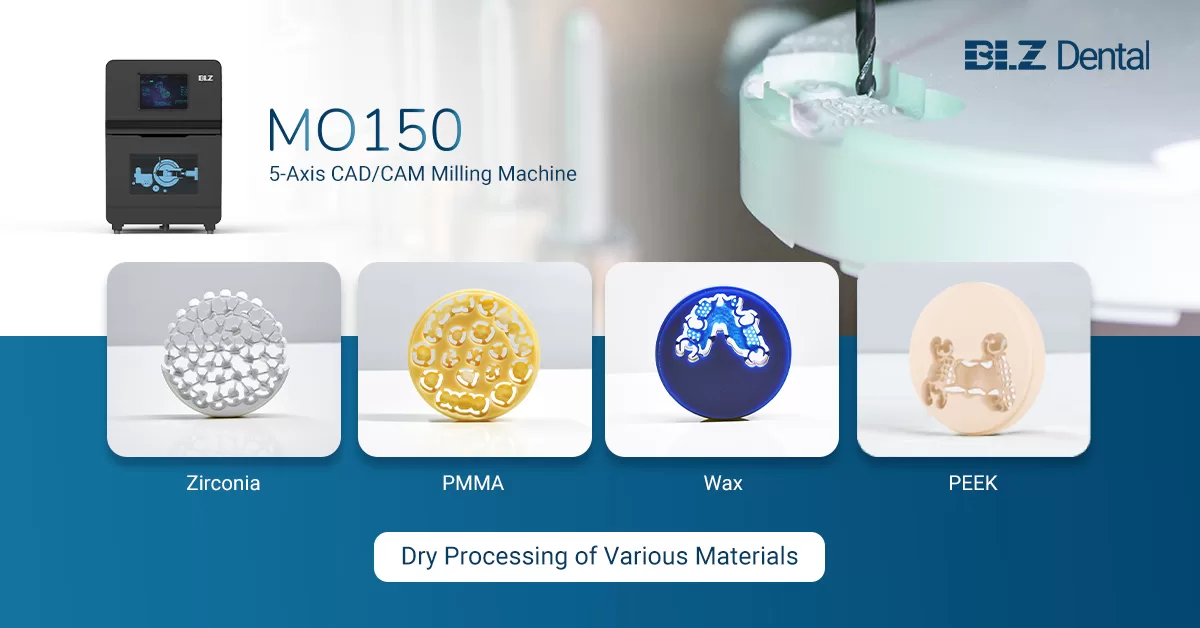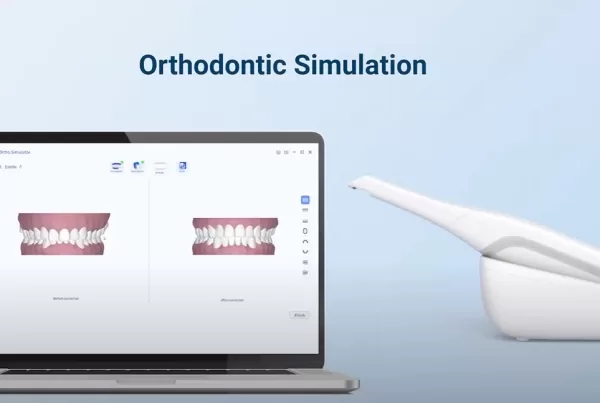A CAD/CAM dental milling machine is the most necessary part of digital dentistry workflow. It can create a wide variety of dental restorations such as crowns, bridges, and veneers and implants like implant bars, implant abutment from different materials like Zirconia, glass ceramic, titanium, PMMA, Peek, metal, lithium disilicate, etc. Different milling processing types determine what milling materials can be used in the milling machine.
Zirconia
Zirconia is by far the most common material milled by dental laboratories. Cold-pressed zirconia is generally chalk-like and relatively easy to mill. Sintering is required after milling and changes the zirconia from a soft material to an extremely strong material. Zirconia for dental milling device is always in stock available in blocks, disks, and frames.
Wax
Wax is used in dental creation for casting metals or pressing ceramics. Wax suppliers often have different blends available, which are typically differentiated by color. Some blends tend to be stronger with better handling characteristics but are not easy to modify. Others are more easily adapted but may not be as durable. Blue, brown/red, and green are the most common colors available, but there is no standard as to which color is more durable and which is easiest to modify.
PMMA
Polymethyl methacrylate (PMMA) is a biocompatible material with moderate strength and is available in a variety of colors, shapes, and sizes. PMMA is often used to mill complex dental cases or for temporary crowns and bridges. Several companies are now offering computer-designed removable prosthetics and milling portions of them from blocks or disks of pink acrylic.
Titanium
Titanium is a lightweight and strong metal materials for substructures and full-contour restorations, as well as implant abutments and bars. It is available in several different grades, based on purity. Grade 5 is a titanium alloy and is the most common grade used in dental applications. It is a significantly stronger formulation and less prone to flex. Implant abutments are often milled from block forms, while substructures, full-contour restorations, and bars are milled from disks. Post-processing for substructures involves sandblasting, an oxidation wait period, and application of a bond coat prior to applying specially designed porcelain.

